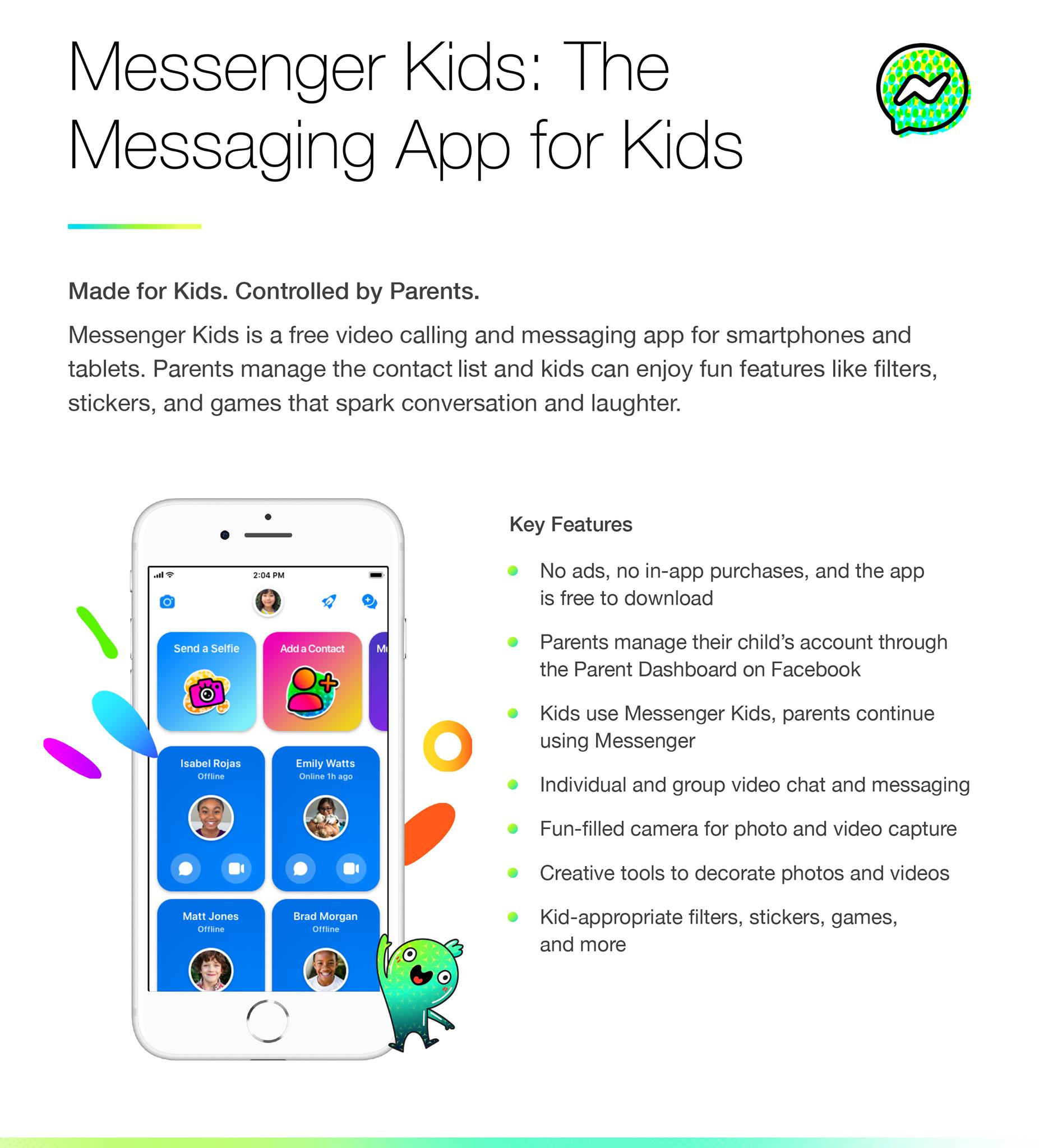

It doesn’t take the place of social networking but offers a more private way to interact. Instead of posts that reach a potentially large audience, Messenger is a way for people to exchange ideas, videos and other media with friends, loved ones, classmates and colleagues in a way that encourages back and forth conversations without involving members of the public or friends that may not be appropriate for that conversation. Messenger provides a more private alternative to social networking. These include blocking, ignoring, reporting, media blurring in message requests, two-factor authentication, login alerts, vanishing messages, safety notices and opt-in “secret conversations” that offer end-to-end encryption. Messenger has several features to put you in control of your privacy, safety and security. This guide covers Messenger’s safety and privacy features including those that apply when exchanging messages between Messenger and Instagram. Messenger can also exchange messages, videos and images with Instagram and Facebook. The messages on the kids' version are also protected.Messenger, which is both a mobile and desktop messaging app from Facebook and a feature built-into Facebook’s desktop (web) platform, allows you to exchange messages, watch videos with friends, and engage in group video or text chats complete with fun themes and animated effects. Messenger has end-to-end encryption that protects its messages from being accessed by third parties.
#Messenger kids login code#
To help kids find and connect with others easily, it provides them with a four-word code generated differently for each account.It is possible to add another parent or guardian to manage the account. You might not have the time to check what your kids are up to. Sometimes, one parent is not enough to manage the account.For instance, words like aunty, brother, sis, grandpa, and dad are easier to find and understand instead of their real name. Parents can also add nicknames for different contacts to find and connect with that particular person.Add trustworthy adults like grandparents, aunts, and uncles to the account. You must be in touch with the parents of your kid’s friends through social media to establish a connection.If the kid is not available on the app, you can invite them through their parents. They will accept the request to begin the conversation.

To add another child to chat with yours, Messenger Kids will notify their parent’s account for approval.Select a suitable color to decorate the app. Set a profile picture from the gallery or the camera roll.

#Messenger kids login full#
Enter your kid's full name along with their date of birth and click Create Account.Enter your Facebook credentials (email and password) to set up the account. Since Messenger Kids is designed for pre-teens, log in to Facebook using your own account as the parent/guardian.
#Messenger kids login android#
To set up the app, go to Apple App Store (for iPhone and iPad) or Google Play Store (for Android phones and tablets) and download the app.They are interaction gestures without any inappropriate content. Filters and Gamesįilters during video calls are also exciting and fun. This enables your kid to add a spark of fun and creativity to their interactions. Messenger Kids gives your child the option to send GIFs and emoji. You can control the sleep mode from Messenger Kids Parent Control Center. Once the clock hits the specified time, the app goes into sleep mode and becomes inaccessible. Fortunately, it’s easy to limit the time they spend with this app using Sleep Mode. Sleep ModeĬhildren spending excessive time on social media can become addicted to it. Since this feature allows kids to come together, most educational platforms and teachers also preferred it during Covid-19 times for educational activities.

Now kids can talk with multiple friends using the group chat feature. Another feature that children thoroughly enjoy using Messenger Kids is group chats. Group chats are a great way to interact with several people at a time. This feature helps prevent any harassment and bullying. The parental controls are designed to keep tabs on the child’s security.


 0 kommentar(er)
0 kommentar(er)
